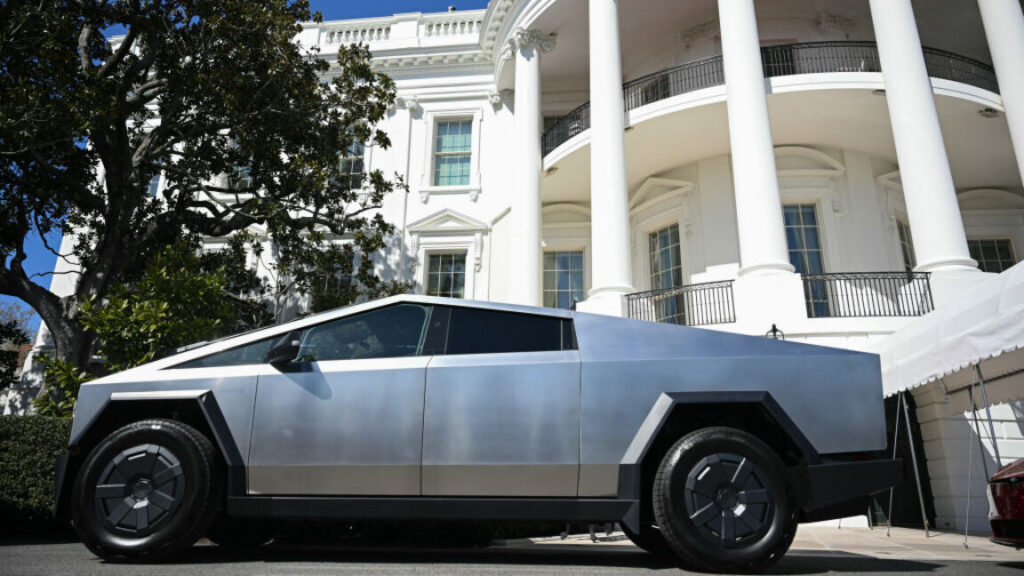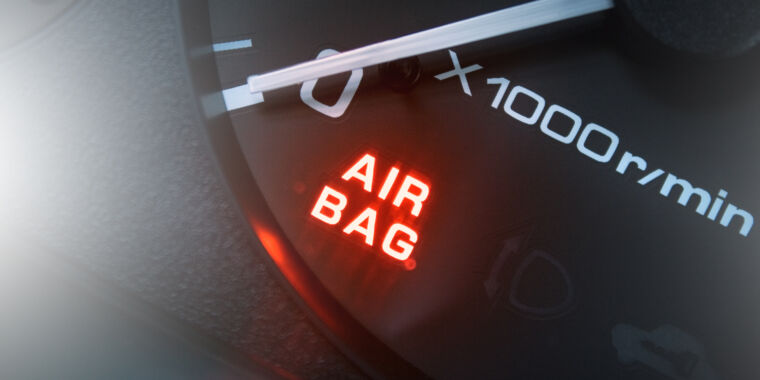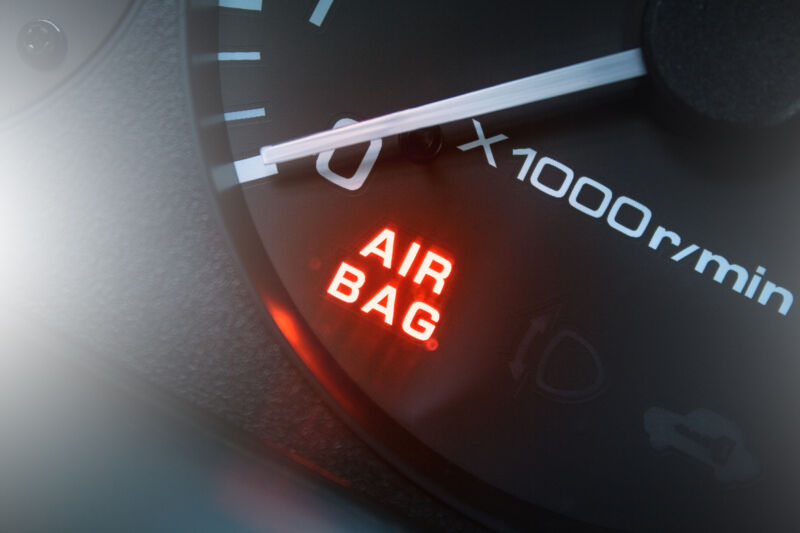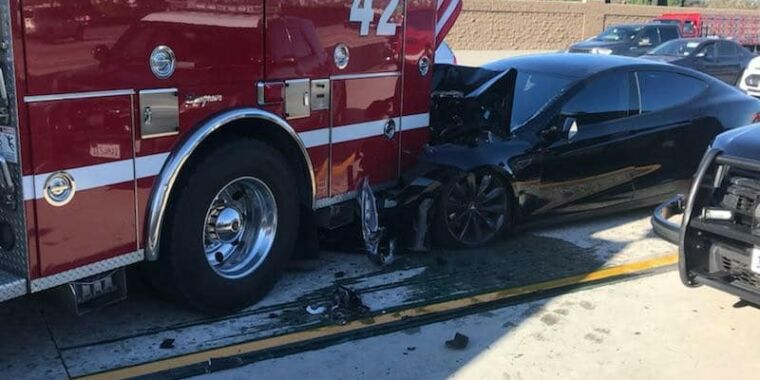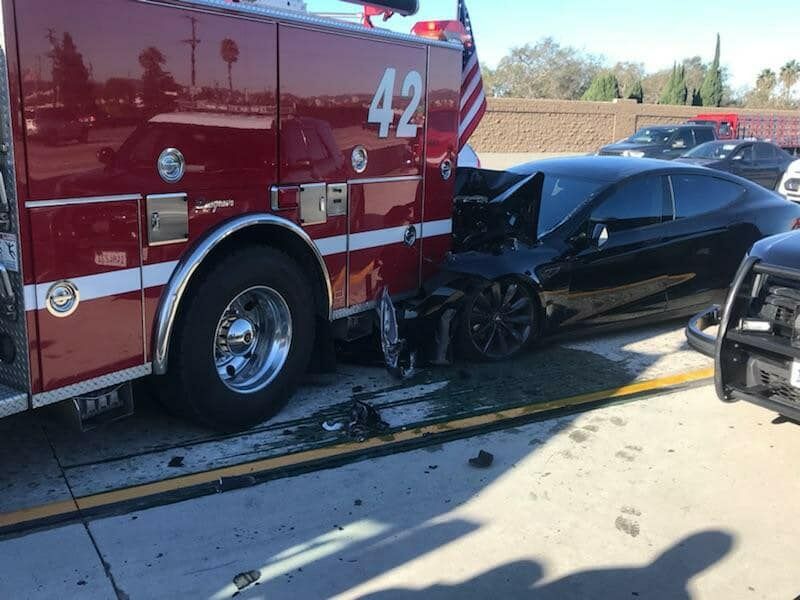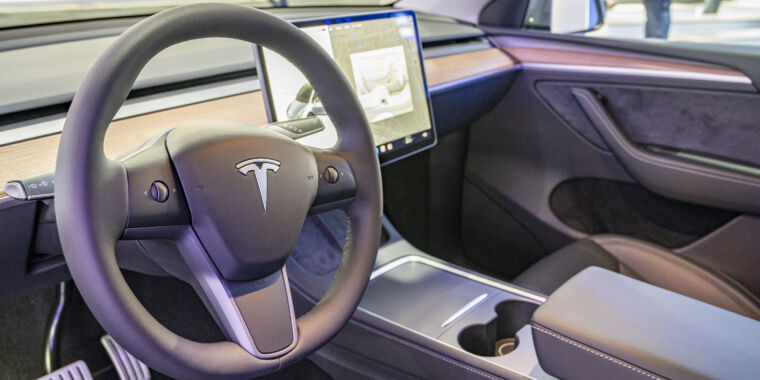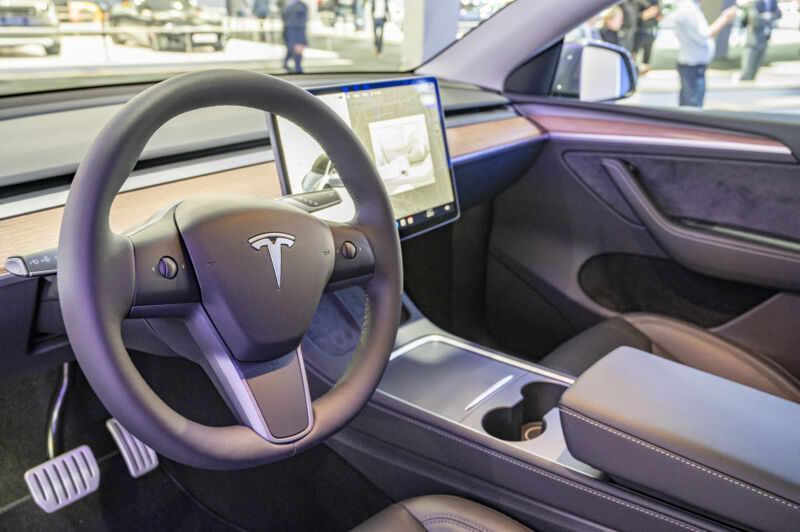Cybertrucks’ faulty trim prompts biggest recall yet, stokes Tesla investor panic
Every Tesla Cybertruck ever sold is being recalled so Tesla can fix an exterior panel that could potentially come unglued and detach while driving.
If the “panel separates from the vehicle while in drive, it could create a road hazard for following motorists and increase their risk of injury or a collision,” Tesla explained in a safety recall report submitted Tuesday to the National Highway Traffic Safety Administration (NHTSA).
Tesla initially became aware of the issue in January and launched a study of the problem as more complaints came in, the report said. By March, social media complaints were getting louder as Tesla wrapped up its probe, concluding that a voluntary recall was necessary.
The recall affects any 2024 or 2025 Cybertruck manufactured between November 13, 2023, to February 27, 2025, the report said. According to Reuters, this represents “a vast majority of the Cybertruck vehicles on the road, based on analyst estimates.” Potentially more than 46,000 vehicles could require the fix, Tesla said, while conservatively estimating that only 1 percent of cars are likely defective.
Cybertruck drivers unsure if their vehicle needs the fix can look out for warning signs, like “a detectable noise inside the cabin” or visible signs the panel is detaching, Tesla said.
Anyone whose car is covered by the recall can get the fix at no charge, Tesla said. The repair both replaces the adhesive used for the panel with one that’s more durable and reinforces the attachment “with a stud welded to the stainless panel with a nut clamping the steel panel to the vehicle structure,” Tesla said.
Starting tomorrow, all new Cybertrucks that Tesla produces will have this fix, Tesla said, while any vehicles that Tesla currently possesses will be retrofitted before delivery to any customers.
Tesla is currently notifying dealers about the recall, then plans to start reaching out to customers with recall notices on May 19. Any Cybertruck owners interested in pursuing repairs now can call NHTSA’s Vehicle Safety Hotline at 888-327-4236 (TTY 888-275-9171) or go to nhtsa.gov, the agency said.
Investors panicked by Tesla’s “brand tornado crisis moment”
Last year, Tesla had several rounds of recalls, notifying drivers of widely varied problems, from software issues to faulty accelerator pedals or inverters. As recalls have been announced, Cybertruck sales have seemingly slumped, as Tesla obscured the true figures by lumping numbers in with sales of Model X and Model S, MotorTrend reported. This new recall is the first glimpse industry analysts have had of total Cybertruck sales, MotorTrend noted, and compared to other popular trucks, Cybertruck sales overall appear remarkably stunted.
Cybertrucks’ faulty trim prompts biggest recall yet, stokes Tesla investor panic Read More »
